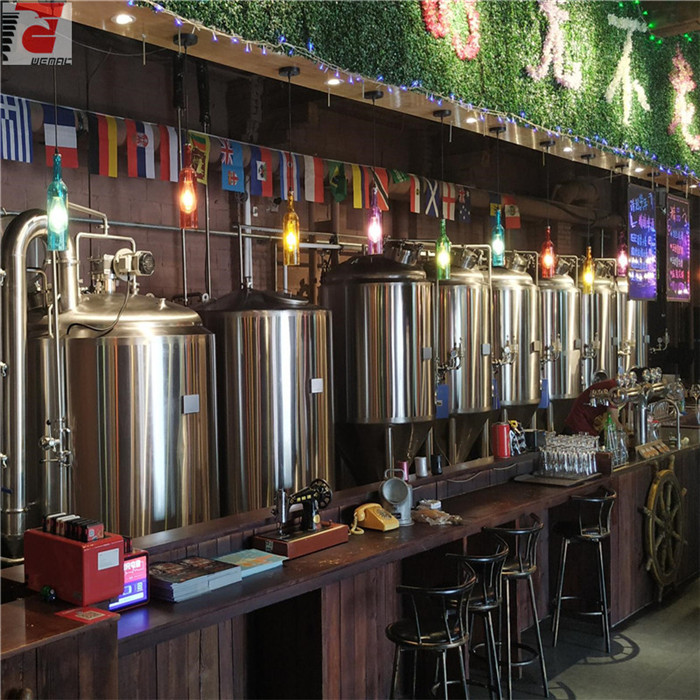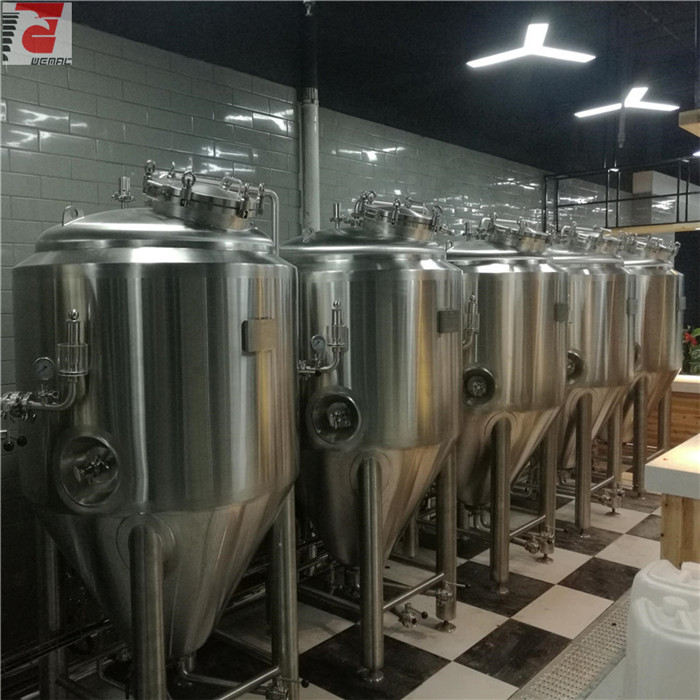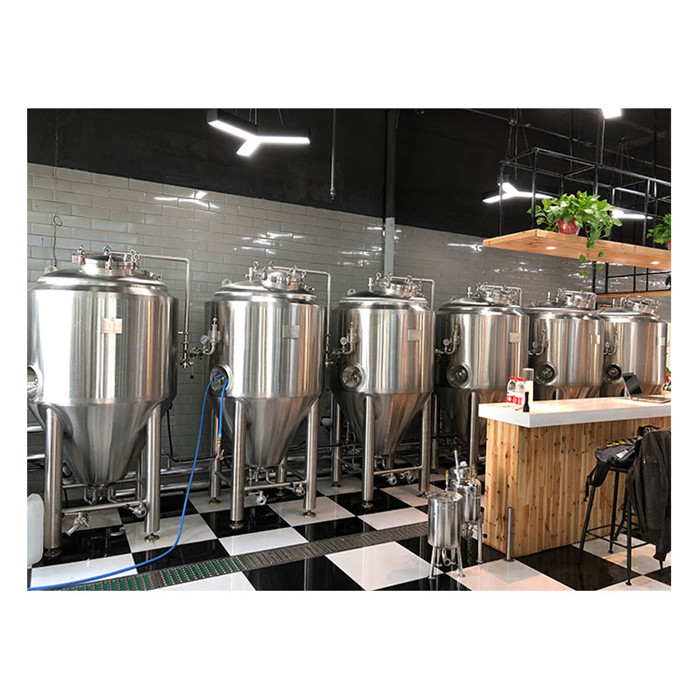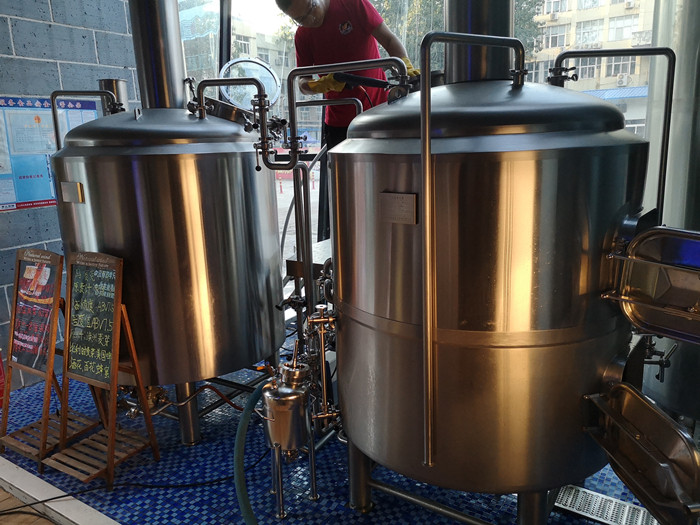
Beer brewhouse and fermentation tanks microbrewery
- * Processing : Fermenting Equipment, Beer Brewing
- * Brand : WEMAC
- * Condition : New
- * Material : SUS 304 316
- * Place of Origin : Weifang, China (Mainland)
- * Control system : AUTO/MANUAL
- * Warranty : Within 24 months against the date of B/L
- * Voltage: : To Be Determined (220V/ 380V/ 415V)
In the world of craft brewing, the right equipment can make all the difference. WEMAC proudly offers a comprehensive range of beer brewhouse and fermentation tanks specifically designed for microbreweries. Our state-of-the-art brewing systems combine innovative technology with robust craftsmanship to help microbreweries produce exceptional beers with consistency and efficiency.
Beer brewhouse and fermentation tanks microbrewery
Brewing Beer Equipment
1) Automatic /semi-automatic operation system,easy to operate.
2) Verious kinds of different beer such as ale,lager, IPA, stout beer can be made by our equipment,we supply the brewing recipes
3) All sizes capacity brewhouse from 50L to 10000L per batch, our brewery equipment approved Pessure ISO ,ROHS,TUV and other quality certificate.
4) Installation/Operation/ Service/Maintenance Manual: Provided In English.
Beer Brewhouse
|
Combination
| Two Vessel Brewhouse | Mash/Lauter , kettle/Whirlpool Tun or Customized | |
Three Vessel Brewhouse | Mash, Lauter, kettle/Whirlpool Tun or Customized | |||
Four Vessel Brewhouse | Mash,Lauter, kettle,Whirlpool Tun or Customized | |||
Material | SUS304, SUS316, Copper,Red Copper etc | |||
Heating Method
|
Steam Heating | It can provide uniform heating and temperature is easy control, which will not scorch the wort. And it need extra steam boiler. | ||
Direct Fire Heating | It need change the structure of brewhouse and certain premises height is necessary. (Fire room install under the bottom of kettle tank) | |||
Electric element Heating | Most economic way compare with other heating method, but there have a risk to scorch the wort | |||
Process | Do acid wahsing and passivation to 0.2~0.4μm | |||
Thickness | Interior Shell:3mm, Exterior Shell 2mm | |||
Basic Configuraton | Grain rake with spent grain dozer, stainless steel manhole, wort grant, full stainless steel heat exchanger, pumps and valves etc | |||
Fermenter
| Capacity | One or Two times bigger than brewhouse or customized baseon brewing ability | ||
Material | SUS304, SUS316,SUS316L,Red Copper | |||
Cooling Jacket | Dimpled plate on cone and side | |||
Accessories | Sample Valve, Safe Valve, Manway, CO2 Blowoff Pipe, Discharge Port etc | |||
Equipments Components of beer manufacturing equipment:
1) Miller:Particle adjustable rolling crusher
2) Auger:Flexible or steel auger to directly lift the milled grain to mash tun
3) Brew house:Grain mashing, lautering, wort boiling, whirlpool, hot water supply
4) Fermentation tanks:Wort Fermentation or maturation
Single size or double size as brewhouse is common used in microbreweries
Also side mounted manhole and top mounted manhole for optional
5) Beer Filter Unit:Plate-Frame or Candle type DE (diatomite earth) filter
6) Bright Beer Tank Unit: beer maturation,conditioning, service, carbonation
7) Cooling Unit:cooling wort and refrigerate the fermentation tanks and bright beer tanks
8) Controlling Unit: Brewhouse/fermentation tanks/bight beer tanks/chiller/glycol water tanks temperature control
9) CIP system:Supply caustic liquid and sterilization liquid for all tanks cleaning
10) Others:kegs,keg filling machine,keg cleaning machine,bottle filler,beer dispenser,keg coupler,beer taps and so on
All the configurations and specifications can be customized according to your requests.
In the world of craft brewing, where innovation meets tradition, the heart of every microbrewery beats within its beer brewhouse and fermentation tanks. These are the sanctuaries where ideas ferment, ingredients transform, and dreams turn into golden reality. Join us on a journey through the intricate process of brewing, where science, passion, and creativity meld to produce the beloved elixir known as beer.
The Brewhouse: Where Magic Begins
Step into the brewhouse, the stage where the symphony of flavors and aromas takes form. Here, malted grains meet hot water in a dance known as mashing. The goal? To extract sugars, enzymes, and colors that lay the foundation for the brew. As the mixture transforms into sweet wort, it flows through lautering and sparging processes, leaving behind spent grains.
The wort, now a canvas ready for its masterpiece, enters the boiling kettle. This is where hops enter the scene, lending bitterness, flavor, and aroma. Boiling the wort not only sterilizes it but also caramelizes the sugars, adding complexity to the final brew. The whirlpool brings a final touch of finesse, separating hops and solids from the liquid.
Fermentation Tanks: The Alchemy of Yeast
As the whirlpool concludes, the wort embarks on its next adventure—into fermentation tanks. Here, yeast is the star of the show. Introduced to the wort, yeast diligently converts sugars into alcohol and carbon dioxide, infusing the liquid with life. It's a ballet of microscopic proportions, where yeast transforms humble ingredients into the liquid poetry we know as beer.
Fermentation is more than just chemistry; it's a delicate balance of temperature, yeast strain, and time. Each decision made by the brewmaster influences the final outcome—the aroma, flavor, and mouthfeel that will delight enthusiasts.
The Nexus of Flavor: Style and Diversity
The beauty of microbreweries lies in their versatility. With the same equipment, a microbrewery can craft an array of beer styles, from hop-forward IPAs to rich stouts. The process remains constant, but the ingredients and techniques create an endless spectrum of flavors.
Temperature control during fermentation is crucial. Ales prefer warmer temperatures and ferment relatively quickly, while lagers require cooler conditions and extended maturation. This variation allows microbreweries to cater to diverse palates and preferences.
A Confluence of Challenges and Triumphs
While the world of microbrewing offers endless possibilities, it's not without its challenges. Maintaining consistent product quality, perfecting recipes, and ensuring efficient equipment operation demand attention and expertise. Yet, it's precisely these challenges that elevate the craft, fostering an environment of continuous improvement.
Bridging Tradition and Innovation
In the end, the synergy between the brewhouse and fermentation tanks is a testament to the melding of tradition and innovation. As technology advances, brewers find new ways to fine-tune their craft, while respecting the age-old techniques that have shaped brewing for centuries.
The microbrewery journey is a thrilling one, filled with experimentation, discovery, and camaraderie. With every brew, microbreweries contribute to the rich tapestry of beer culture, bringing unique flavors and experiences to enthusiasts around the world. So, raise a glass to the artisans behind the scenes, the brewmasters who transform hops, malt, water, and yeast into liquid artistry, one small batch at a time. Cheers to the brewhouse and fermentation tanks—the heart and soul of microbreweries everywhere.
Leading provider of high-quality beer brewhouse and fermentation tanks
WEMAC is a leading provider of high-quality beer brewhouse and fermentation tanks, dedicated to serving the needs of microbreweries and craft breweries worldwide. With a focus on innovation, precision engineering, and robust craftsmanship, our equipment is designed to help brewers produce exceptional beers with consistency and efficiency. We offer customizable solutions to meet the unique requirements of each brewery, ensuring optimal performance and scalability. At WEMAC, we are committed to delivering reliable and efficient brewing systems, backed by comprehensive support and service to help our customers succeed in the competitive craft beer industry. WEMAC’s beer brewhouse and fermentation tanks are the ideal choice for microbreweries looking to enhance their brewing capabilities. With our advanced technology, customizable solutions, and dedicated support, we help you achieve brewing excellence and success. Elevate your brewing with WEMAC and become a leader in the craft beer industry.
FAQ
Q1: What is a beer brewhouse?
A beer brewhouse is the heart of any brewery. It's where the brewing process begins, involving mashing, boiling, lautering, and whirlpooling to extract sugars from malted grains, add hops, and create the wort—the foundation of beer.
Q2: What are fermentation tanks?
Fermentation tanks are vessels where the magic of fermentation happens. After brewing, the wort is transferred to these tanks, where yeast is added. Yeast consumes sugars, producing alcohol and carbon dioxide, transforming the wort into beer.
Q3: What's the difference between a microbrewery and a macrobrewery?
Microbreweries are small-scale breweries that focus on producing limited quantities of craft beer with unique flavors. Macrobreweries, on the other hand, are large-scale operations producing massive volumes of beer, often with less emphasis on craft and flavor diversity.
Q4: How do I choose the right size of equipment for my microbrewery?
The size of your equipment depends on your production goals. Consider factors like available space, desired beer output, and growth potential when selecting the capacity of your brewhouse and fermentation tanks.
Q5: What's the brewing process like?
The brewing process involves mashing (mixing malted grains with hot water), boiling (adding hops and boiling the wort), lautering (separating the liquid wort from the solid grains), and fermentation (where yeast converts sugars into alcohol and CO2). After fermentation, the beer is conditioned, carbonated, and packaged.
Q6: What's the importance of fermentation temperature?
Fermentation temperature greatly influences the flavors and aromas of beer. Different yeast strains have optimal temperature ranges for fermentation, affecting the beer's profile. Temperature control during fermentation is crucial for consistent and desired outcomes.
Q7: Can I brew different styles of beer with the same equipment?
Yes, many microbreweries use the same equipment to brew a variety of beer styles. However, certain styles might require specific modifications to the process or equipment to achieve desired characteristics.
Q8: How long does it take to brew beer?
The brewing process can take anywhere from a few weeks to several months, depending on the style of beer. Ales generally ferment and mature faster than lagers due to the difference in yeast activity and temperature requirements.
Q9: Can I start a microbrewery as a small business?
Absolutely! Many successful microbreweries start as small businesses with passionate brewers and entrepreneurs. Research, planning, obtaining necessary licenses, and investing in quality equipment are key steps to a successful microbrewery venture.
Q10: What are some common challenges in microbrewing?
Microbrewing presents challenges such as recipe formulation, consistency in product quality, equipment maintenance, and distribution. Overcoming these challenges requires dedication, learning, and continuous improvement.
Embarking on a microbrewery journey is an exciting endeavor that allows you to craft unique beers and share them with enthusiasts. Remember that each brew is a blend of science, art, and passion, and the road to becoming a skilled brewmaster involves learning, experimenting, and enjoying the process. Cheers to your brewing adventures! If you want to know more about WEMAC'S beer brewhouse,email us .
Send a Message
If you want to ask anything just fill in the form below and send us.
Name: Sofia time:2024-05-23 11:00:59
Very good beer brewhouse and fermentation tanks for microbrewery. We look forward to continued cooperation!
Write a review
Products
- Beer brewery equipment
- Craft brewing equipment
- Home brewing equipment
- Microbrewery equipment
- Commercial brewing equipment
- Industrial brewery equipment
- Pilot brewing system
- Brewhouse & Mash system
- Fermentation tank
- Bright / Brite tank
- CIP system
- Beer filling machine
- Pasteurizer
- Hop gun
- Yeast propagation equipment
- Beer concentration equipment
- Carlsberg flask
- Reverse osmosis water filtration systems
- Mobile water treatment systems
- Water Purification Equipment
- WFI equipment
- Purified water tank
- CIP system
- Multi effect water distiller
- Pure steam generator
- WFI tank
- Solution preparation tank
- Tube heat exchanger
- Storage and distribution system
- Liquid preparation system
- Demineralized water system
- Vapour compressor
News & Exhibitions
- Why Beer Concentration Matters: Unpacking the Standard ABV Range
- Why Every Craft Brewer Needs a Pilot Beer Brewing System
- Top 5 Benefits of Using a Pilot Beer Brewing System for Small Breweries
- Setting Up a Microbrewery? Why Turnkey Equipment Might Be Right for You
- How Nano Brewery Equipment is Changing Experimental Brewing: A Deep Dive into Small-Scale Innovation
- Essential Craft Beer Equipment for Starting Your Brewery
- Integrating Smart Equipment into Your Microbrewery
- From Grain to Glass: Building the Perfect Complete Brewing System for Your Home
TAGS
- turkey brewery equipment
- small beer brewery equipment,mini beer brewery equ
- 15 gallon jacketed fermenter
- home brewing distillation equipment
- sovereign stainless steel fermenter
- brewing equipment manufacturers uk,home brewing eq
- craft brewery equipment for sale, craft beer equip
- complete brewery for sale
- automatically brew equipment,50L Brewing equipment
- Nano brewery equipment, brewing systems manufactur
- beer brewing equipment
- dry hops addition
- hop additive gun
- hops addition gun
- pilot brewing system
- Microbrewery machine
- mixing tank manufacturers
- Craft beer making equipment for Malaysia
- CIP system
- professional Cleaning in place equipment
FEATURED PRODUCTS

Beer brewhouse and fermentation tanks microbrewery
WEMAC-Main product categories:
Craft Beer equipment,Cider making machine,Beer brewing machine,beer plant,stainless stee...
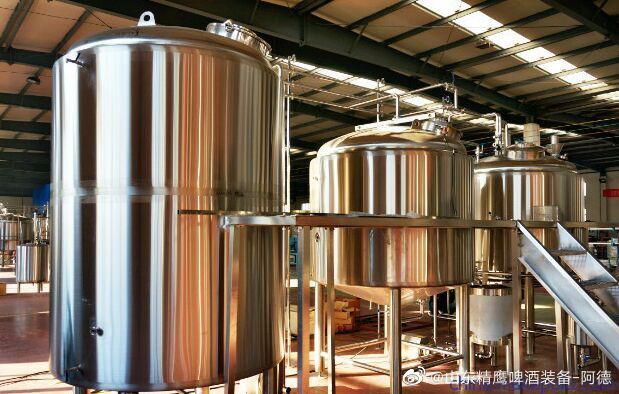
Pro two vessels 5BBL craft brewery in Michigan
Professional beer brewhouse sale well in Michigan state,turnkey brewery services suppliers,Combined of malt milling syst...
More >>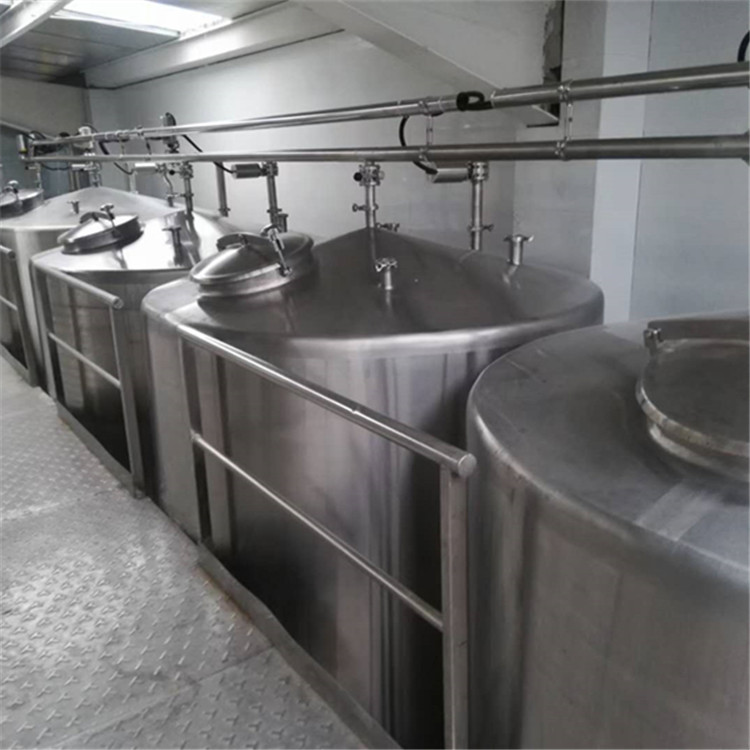
Turnkey beer brewing system uk
The turnkey beer system program includes site planning, layout, equipment design, technical communication, installation ...
More >>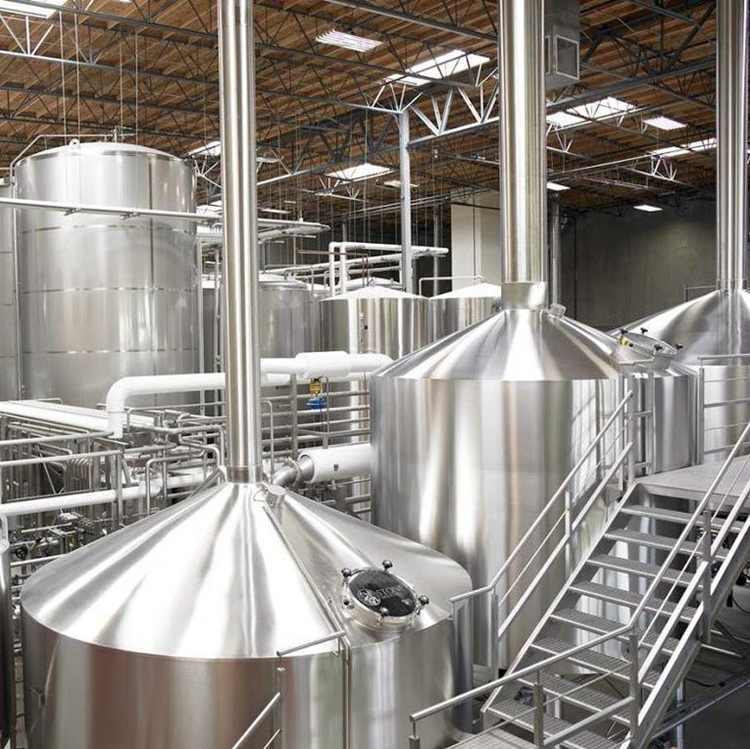
2500L Turnkey beer microbrewery brewhouse
2500L commercial beer brewery system turnkey project suppliers,the four vessels combination can brewing beer at least 4 ...
More >>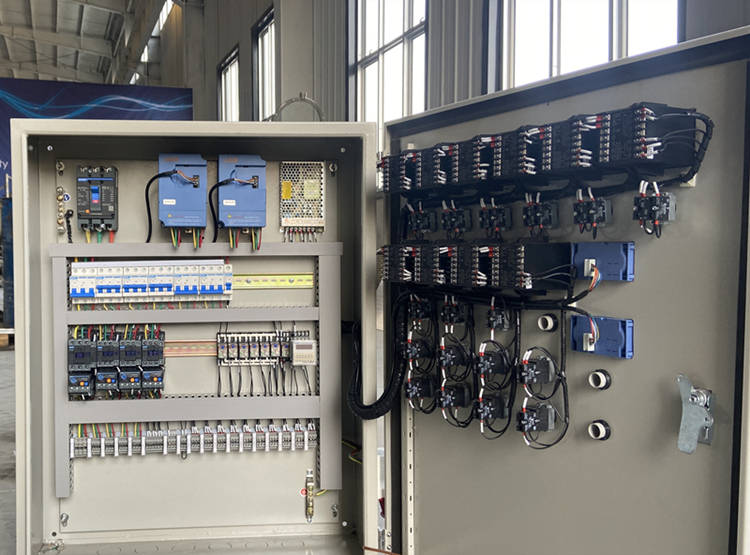
Best Automatically PLC Control In Microbrewery
PLC Brewery Control screen in beer brewery
The PLC control can help to realize a smart brewing process in breweries.
I...
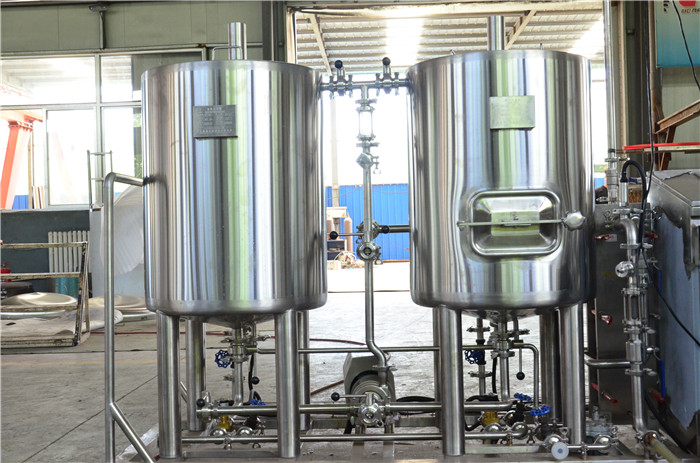
1HL 1BBL home beer brewing brewhouse manufacturer near Los Angeles ZXF
Two vessels craft beer brewing system manufacturer in Los Angeles,provides system from factory to home,electric heating ...
More >>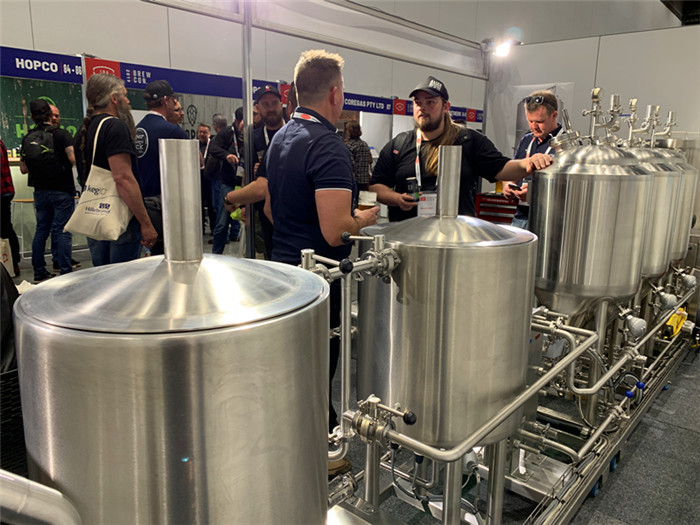
high quality brewery micro equipment 500l
High quality brewery micro equipment 500l includes two vessels brewhouse,three vessels brewhouse,Four vessels brewhouse,...
More >>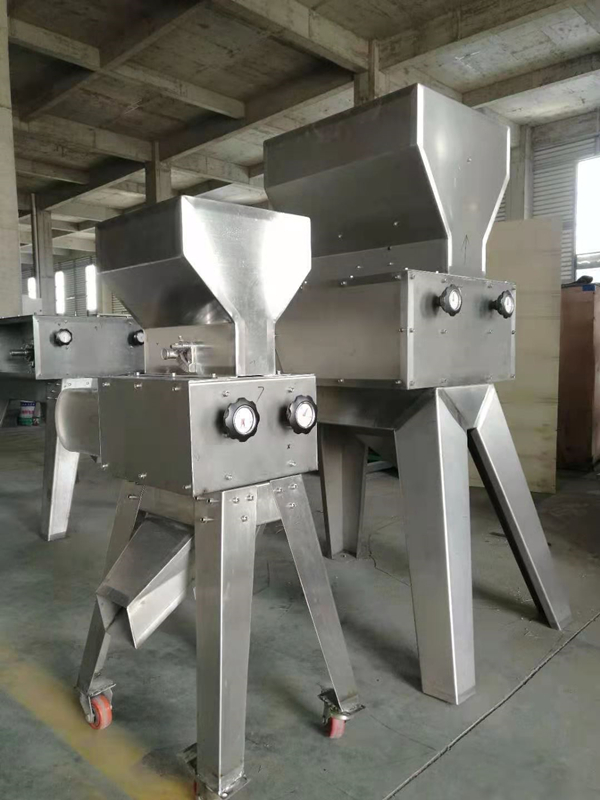
2 Vesssels Brewhouse equipment for beer brewing ZXF
Micro beer brewery system for people those new to beer brewing,one stop service from brewery design/manufacturing/traini...
More >>